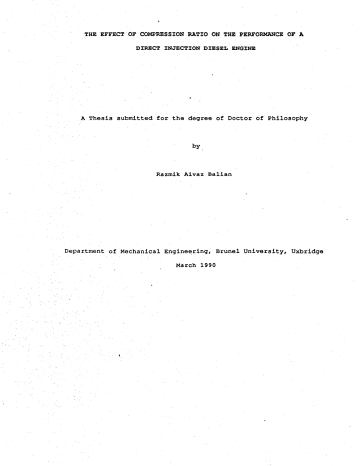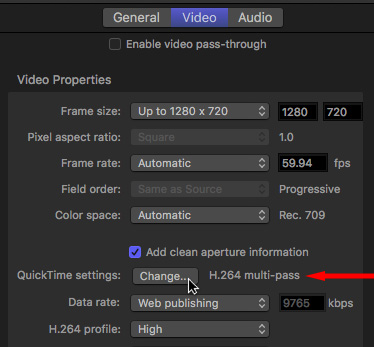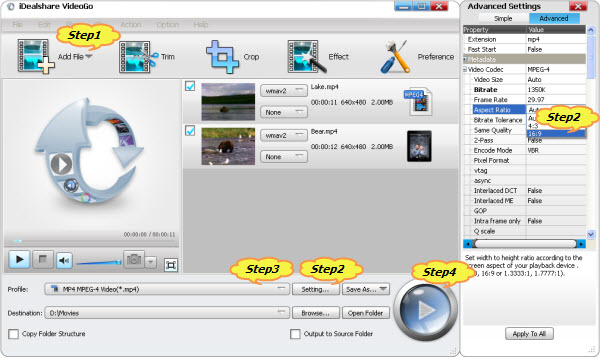

This is why an Anamorphic (1.78 AR) DVD always looks squeezed horizontally when viewed on a computer without DAR correction and a Fullscreen (1.33 AR) NTSC DVD looks horizontally stretched, while a Fullscreen PAL DVD looks squeezed. For example, the NTSC and PAL DVD-Video resolutions examples above will always have a DAR of either 1.33 or 1.78, depending on whether they're encoded for a Fullscreen (4:3 / 1.33) or Widescreen (16:9 / 1.78) television. This is the actual shape a frame is supposed to be displayed with, rather than simply the resolution. Although Signal Aspect Ratio may be referred to as SAR, this is generally a bad idea since it can also stand for Signal Aspect Ratio, which means something very different (see DAR below) Display Aspect Ratio For digital files, the most important AR is the Display Aspect Ratio. Storage AR doesn't necessarily tell you how the picture will appear when shown on a TV or other display, although when viewing video on a computer you should be aware that some programs will use it to determine the shape of the Frame.

For example, a standard NTSC DVD has a Storage AR of 1.5:1 (720 / 480 = 1.5), while a typical PAL DVD has a Storage AR of 1.25 (720 / 576 = 1.25). The first, and easiest to understand, is the Storage Aspect Ratio, which is simply ratio of horizontal Resolution to vertical resolution. Storage Aspect Ratio For digital files there are really two types of AR.

And it makes it easy to tell that 16:9 (1.78) is wider than 4:3 (1.33).

Although this is somewhat less precise, with only 2 digits of precision (decimal places), the error is very small. Using this convention 4:3 becomes 1.33:1, which may also be referred to as 1.33, with the 1 implied. Although the resolution is different, the ratio of width to height is the same In order to make it easier to compare different ARs it's common to see the width compared to a set value of 1. The exact dimensions aren't important, so long as the ratio between them is correct. This could be 4mm wide and 3mm high, 16in wide and 12in high, or 24m wide and 18m high. For example, a standard analog TV has an AR of 4:3 which means that for every 4 units of width it's 3 units high. Notation for Aspect Ratio is normally in the form of X:Y, where X represents screen width and Y represents height. An image's Aspect Ratio, or AR, represents a comparison of its width to height.


 0 kommentar(er)
0 kommentar(er)
